The Ultimate Guide to: "The Taste of Denmark" (5 Popular Recipes and Hygge)
Introduction to Danish Cuisine: We include traditional dishes like smørrebrød (open-faced sandwiches), frikadeller (meatballs), and flæskesteg (roast pork).
NUTRITION
Peter
6/20/20249 min read


The Taste of Denmark: Recipes and Hygge
Danish cuisine is a testament to the country's rich cultural heritage, embodying a tradition that has been shaped by its geography, climate, and history. At the heart of Danish cooking lies the principle of using fresh, seasonal ingredients. The nation's coastal location ensures a plentiful supply of fish and seafood, while its fertile lands provide an abundance of vegetables, grains, and meats. This focus on locally sourced produce not only promotes sustainability but also guarantees that dishes are imbued with the freshest flavors.
The preparation of Danish dishes often emphasizes simplicity and heartiness. Traditional cooking methods such as slow roasting, pickling, and baking are prevalent, allowing the natural flavors of the ingredients to shine through. Techniques like pickling and fermenting not only extend the shelf life of foods but also create distinct taste profiles that are integral to Danish cuisine. For instance, pickled herring, a staple in the Danish diet, is a prime example of how preservation methods enhance flavor.
Communal meals hold a special place in Danish culture. The concept of "hygge," which translates to a sense of coziness and conviviality, is often experienced around the dining table. Shared meals foster a sense of community and belonging, making dining a cherished social activity. Traditional feasts, family gatherings, and holiday celebrations often feature an array of dishes that reflect the country's culinary diversity.
Over time, Danish cuisine has evolved, absorbing influences from neighboring countries such as Germany, Sweden, and France. Despite these external influences, Danish cooking has managed to retain its distinctive identity. Modern Danish chefs often blend traditional techniques with contemporary culinary trends, creating innovative dishes that still pay homage to their roots.
In exploring Danish cuisine, one uncovers a world where tradition meets innovation, where the emphasis on fresh, local ingredients ensures each dish tells a story of its own. This blend of history, culture, and culinary artistry makes Danish food both unique and universally appealing.
Recipe 1: Frikadeller (Danish Meatballs)
Frikadeller, traditional Danish meatballs, are a beloved staple in Danish households. Known for their crispy exterior and tender interior, they offer a perfect blend of simplicity and flavor. The following recipe details the ingredients and method to create these delightful meatballs, with measurements provided in both grams and ounces for convenience.
Ingredients
To prepare Frikadeller, you will need:
500 grams (17.6 ounces) of ground pork
1 medium onion, finely chopped
1 egg
50 grams (1.8 ounces) of breadcrumbs
100 ml (3.4 fluid ounces) of milk
1 teaspoon of salt
1/2 teaspoon of ground pepper
Method
Follow these steps to make Frikadeller:
1. Prepare the Mixture
In a large mixing bowl, combine the ground pork, chopped onion, egg, breadcrumbs, milk, salt, and pepper. Mix thoroughly until all the ingredients are well incorporated. It is essential to ensure an even distribution of the ingredients for the best texture and flavor.
2. Shape the Meatballs
Using your hands, shape the mixture into small, round meatballs. Each meatball should be about the size of a golf ball. It's helpful to keep your hands slightly damp to prevent the mixture from sticking.
3. Fry to Perfection
Heat a generous amount of oil in a large frying pan over medium heat. Once the oil is hot, carefully place the meatballs into the pan. Fry the Frikadeller for about 4-5 minutes on each side or until they develop a golden-brown crust and are cooked through. You might need to fry them in batches to avoid overcrowding the pan.
4. Serve
Once cooked, transfer the Frikadeller to a plate lined with paper towels to drain any excess oil. Serve hot with your choice of sides, such as boiled potatoes, gravy, or pickled vegetables.
By following these steps, you'll create authentic Danish Frikadeller that are sure to be a hit at any meal. Enjoy the rich, comforting flavors of this classic dish!
Recipe 2: Smørrebrød (Open-Faced Sandwiches)
Smørrebrød is an emblematic Danish dish that epitomizes the country's culinary tradition of open-faced sandwiches. These sandwiches are not only delicious but also visually appealing, making them a perfect choice for any meal. Below, we present a selection of Smørrebrød recipes that include classic herring, roast beef with remoulade, and egg with shrimp. Each recipe includes ingredients listed in both grams and ounces for convenience.
Classic Herring Smørrebrød
Ingredients:
Rye bread: 100g (3.5 oz)
Pickled herring: 150g (5.3 oz)
Red onion: 30g (1 oz), thinly sliced
Dill: 5g (0.2 oz) for garnish
Butter: 20g (0.7 oz)
Preparation:
Spread butter evenly on a slice of rye bread. Layer pickled herring neatly on top. Add thin slices of red onion and garnish with fresh dill. The combination of buttery bread and tangy herring is a true taste of Denmark.
Roast Beef with Remoulade Smørrebrød
Ingredients:
Rye bread: 100g (3.5 oz)
Roast beef: 150g (5.3 oz), thinly sliced
Remoulade: 50g (1.8 oz)
Crispy onions: 20g (0.7 oz)
Pickles: 30g (1 oz), thinly sliced
Preparation:
Start by spreading a generous amount of remoulade on the rye bread. Arrange the roast beef slices over the remoulade. Top with crispy onions and pickles for added texture and flavor. This sandwich is both hearty and flavorful, embodying the essence of Danish comfort food.
Egg with Shrimp Smørrebrød
Ingredients:
Rye bread: 100g (3.5 oz)
Boiled eggs: 2, sliced
Shrimp: 100g (3.5 oz), cooked and peeled
Mayonnaise: 30g (1 oz)
Lemon: 1 slice
Chives: 5g (0.2 oz) for garnish
Preparation:
Spread mayonnaise on a slice of rye bread. Arrange the sliced eggs neatly on top. Add the shrimp, ensuring they are evenly distributed. Garnish with a slice of lemon and freshly chopped chives. This combination is fresh and light, perfect for a summer lunch.
For all Smørrebrød, selecting the right type of rye bread is crucial. Dense and slightly sour rye bread provides the perfect base for these open-faced sandwiches. Additionally, presentation plays a key role; arranging the toppings neatly and garnishing with fresh herbs elevates the overall appeal. Enjoy these vibrant and appetizing Danish open-faced sandwiches, which bring a taste of Denmark to your table.
Recipe 3: Æbleskiver (Danish Pancake Balls)
Æbleskiver are a beloved Danish treat, especially popular during the holiday season. These spherical pancake balls are light, fluffy, and often enjoyed with a dusting of powdered sugar and a side of jam. Below, you will find a detailed recipe for making Æbleskiver, complete with measurements in both grams and ounces.
Ingredients:
250 grams (2 cups) all-purpose flour
1 teaspoon baking powder
1/2 teaspoon baking soda
1/2 teaspoon salt
1 tablespoon sugar
1/2 teaspoon ground cardamom
3 large eggs, separated
500 milliliters (2 cups) buttermilk
2 tablespoons melted butter
Method:
1. In a large bowl, combine the flour, baking powder, baking soda, salt, sugar, and ground cardamom. Mix well to ensure the dry ingredients are evenly distributed.
2. In a separate bowl, beat the egg yolks and then add the buttermilk and melted butter. Stir until well combined.
3. Gradually add the wet ingredients to the dry ingredients, mixing until smooth. Avoid over-mixing to ensure the batter stays light.
4. In another bowl, beat the egg whites until stiff peaks form. Gently fold the egg whites into the batter, being careful not to deflate them.
5. Preheat your Æbleskiver pan over medium heat and lightly grease each well with butter or oil. Once the pan is hot, fill each well about three-quarters full with batter.
6. Cook for about 2 minutes or until the edges start to set. Using a skewer or knitting needle, carefully turn each Æbleskiver halfway to form a semicircle. Allow the batter to flow into the pan, then turn again to form a complete sphere.
7. Continue cooking, turning occasionally, until they are golden brown and cooked through, about 3-4 minutes in total.
8. Remove the Æbleskiver from the pan and keep warm. Repeat with the remaining batter.
Serve the Æbleskiver warm, dusted with powdered sugar, and accompanied by your favorite jam. Enjoy the delightful taste of these traditional Danish pancake balls!
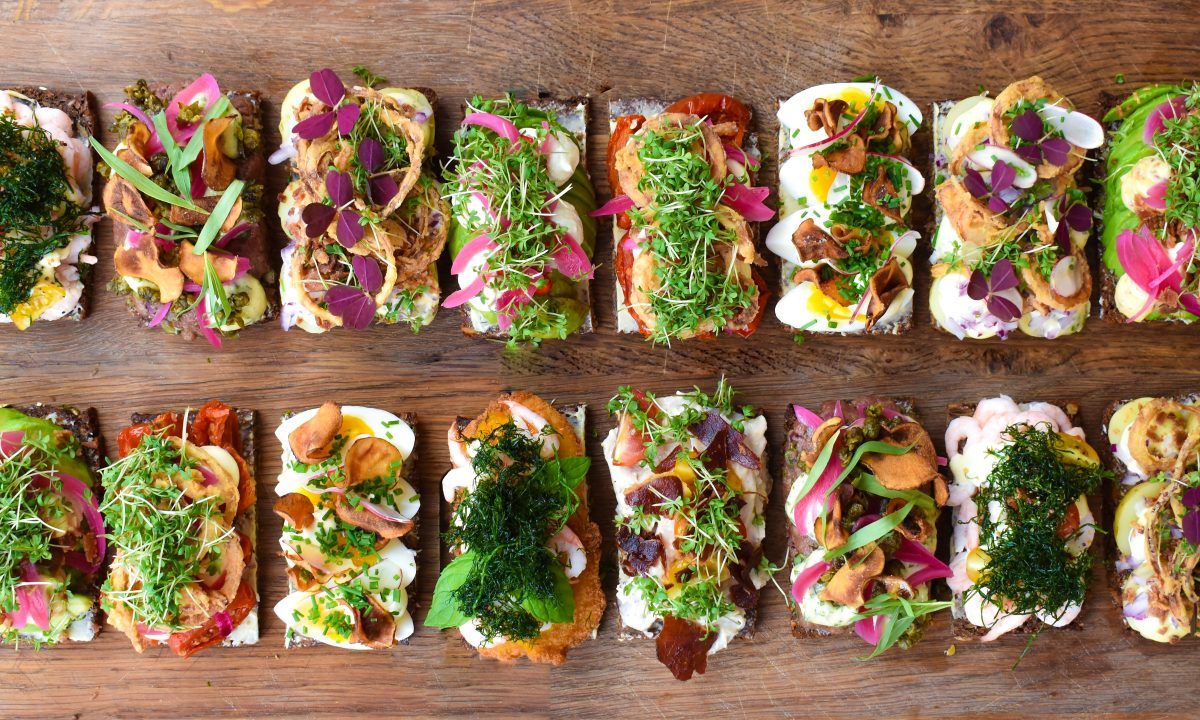

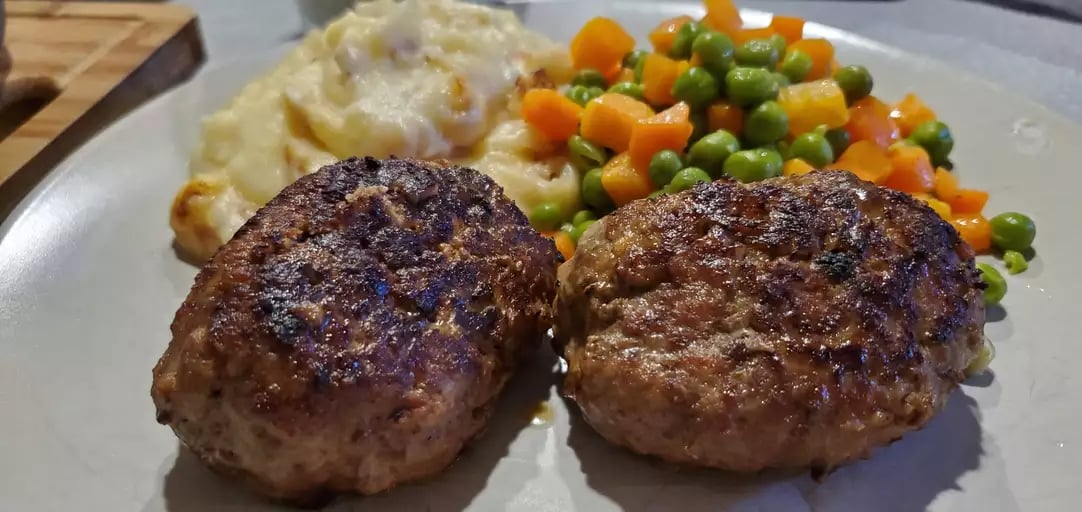

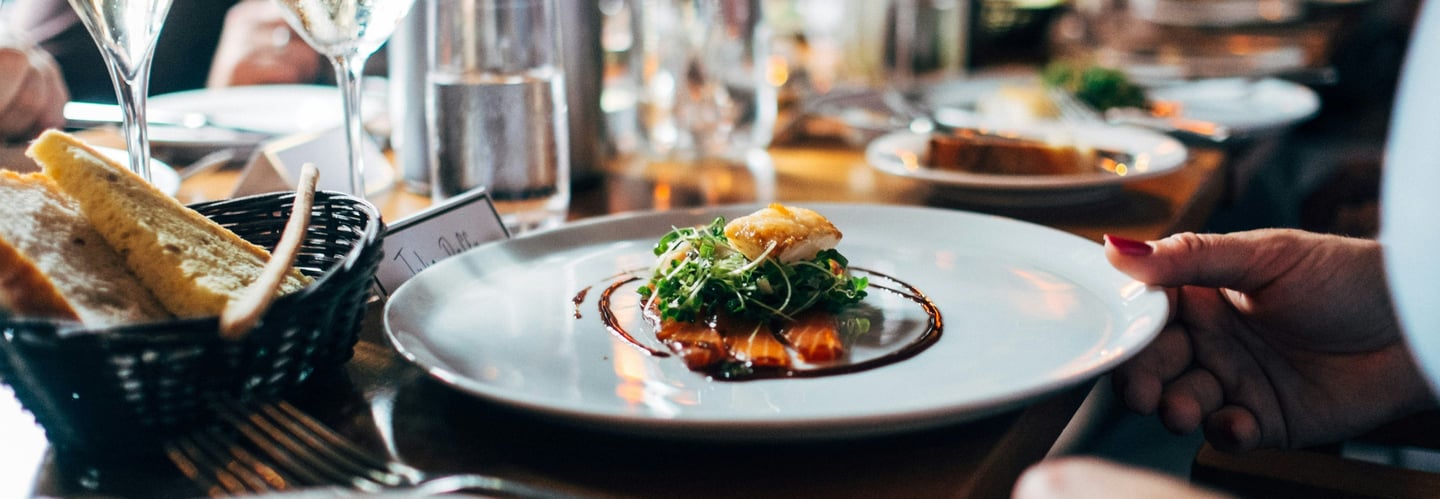

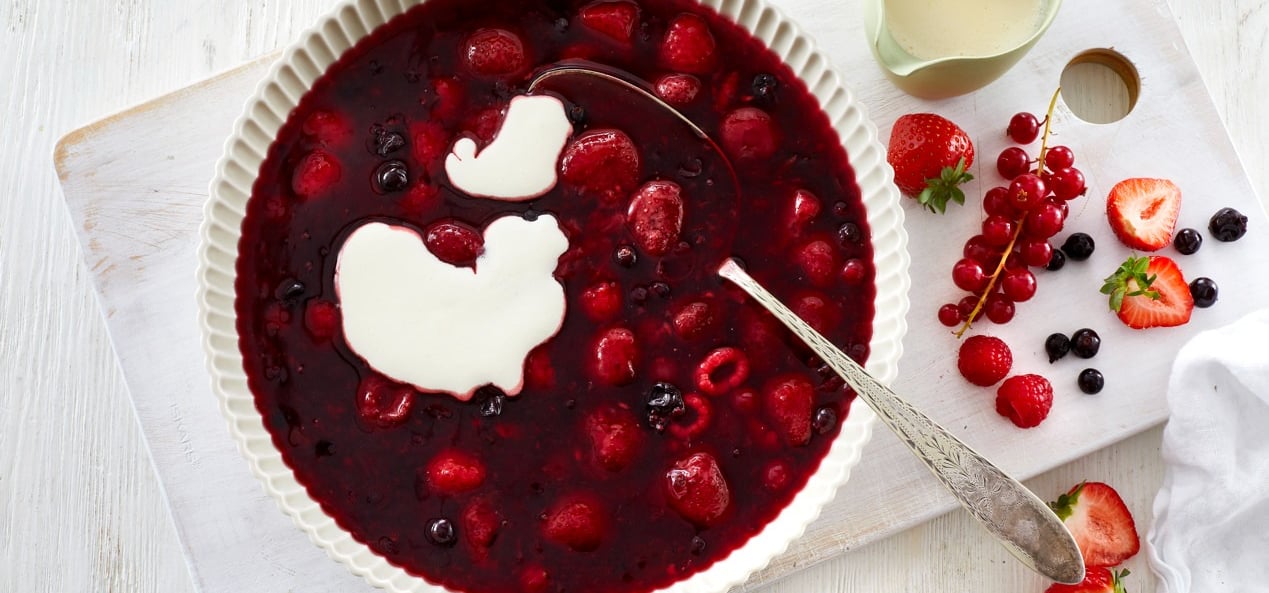

Nordic Ware Stock Pot, 20-Quart
Welcome to Scandi Home Heaven! We believe in transparency and want to disclose that some of the links on our site are affiliate links. This means that at no additional cost to you, we may earn a commission if you click through and make a purchase. We only recommend products and services we have personally used and believe will add value to our readers. Your support helps us continue to provide high-quality content. Thank you!
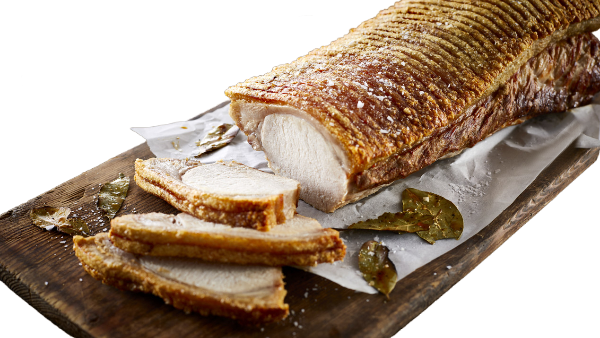

Recipe 5: Danish Roast Pork with Crackling (Flæskesteg)
Ingredients:
1.5-2 kg (3.3-4.4 lbs) pork roast with rind (preferably a pork loin or pork shoulder)
Coarse sea salt
Freshly ground black pepper
3-4 bay leaves
5-6 whole cloves
1-2 onions, quartered
2-3 carrots, roughly chopped
500 ml (2 cups) water
For the gravy:
2 tablespoons all-purpose flour
250 ml (1 cup) pork or vegetable stock
Salt and pepper, to taste
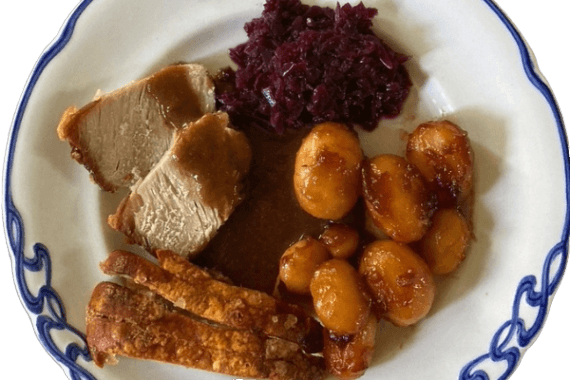

Instructions:
Preparation:
Preheat your oven to 225°C (437°F).
Score the rind of the pork in a crisscross pattern or in parallel lines, about 1 cm apart. Be careful not to cut into the meat.
Rub a generous amount of coarse sea salt into the scored rind, ensuring it gets into the cuts. Season with freshly ground black pepper.
Insert bay leaves and cloves into some of the cuts on the rind for added flavor.
Roasting:
Place the quartered onions and chopped carrots at the bottom of a roasting pan.
Lay the pork roast on top of the vegetables, rind side up.
Pour water into the roasting pan until it reaches just below the rind. This will help keep the meat moist and prevent the vegetables from burning.
Roast in the preheated oven for about 30 minutes to start the crackling process.
After 30 minutes, reduce the oven temperature to 180°C (356°F) and continue roasting for approximately 1.5 to 2 hours, depending on the size of the roast. The internal temperature of the pork should reach 65-70°C (149-158°F) for it to be done.
If the crackling isn't crispy enough, increase the oven temperature back to 225°C (437°F) for the last 10-15 minutes of cooking. Keep a close eye to prevent burning.
Resting:
Once the roast is done, remove it from the oven and let it rest for about 15 minutes before carving. This allows the juices to redistribute and makes the meat easier to carve.
Making the gravy:
While the meat is resting, prepare the gravy. Pour the pan juices through a sieve into a saucepan, discarding the vegetables.
Bring the liquid to a simmer.
Mix the flour with a bit of cold water to form a smooth paste, then whisk it into the simmering pan juices.
Add the stock and continue to simmer, stirring constantly until the gravy thickens.
Season with salt and pepper to taste.
Serving:
Carve the roast into slices, ensuring each piece has a bit of crispy crackling.
Serve with the gravy on the side.
6. Serving Suggestions:
Flæskesteg is traditionally served with boiled or caramelized potatoes, red cabbage (rødkål), and a simple cucumber salad. This makes for a hearty and satisfying meal, perfect for festive occasions.
Enjoy your Danish Roast Pork with Crackling!
Of course, there will be thousands of different recipes, every family has their traditions and secrets for preparing this delicious meal.
Our family likes to serve some Lingonberry Conserve with our meals.
My Tip:
If you have leftovers from dinner, try a "Flæskesteg" sandwich.
To make the signature sandwich, vendors slice the roast and layer it atop a remoulade-coated burgerboller (a hamburger-type bun) and a colorful combo of cooked red cabbage and pickled cucumbers.
Danes have found many ways to eat variations on the flæskesteg sandwich throughout the year, changing up ingredients and adding the likes of sliced apples or cheese. For example: My Family likes to use Lingonberry Jam on the sandwich, but also with the roast. But the principal elements remain the same: succulent pork, crispy cracklings, creamy sauce, and sour sides providing a great lunch fit for any season.
Welcome to my world of creative expression! Based in the heart of Copenhagen but reaching customers worldwide, I bring over 500 unique designs to life on t-shirts, hoodies, mugs, and more. Passionate about graphic design, I combine Nordic inspiration with global appeal to offer stylish, high-quality merchandise through Shopify/Printify and Teepublic. Whether you’re looking for a cozy sweatshirt or a personalized Coffee Mug, each product is crafted to make everyday moments extraordinary.
Explore, express, and enjoy!
Advertisment for our Merchndise Shop












